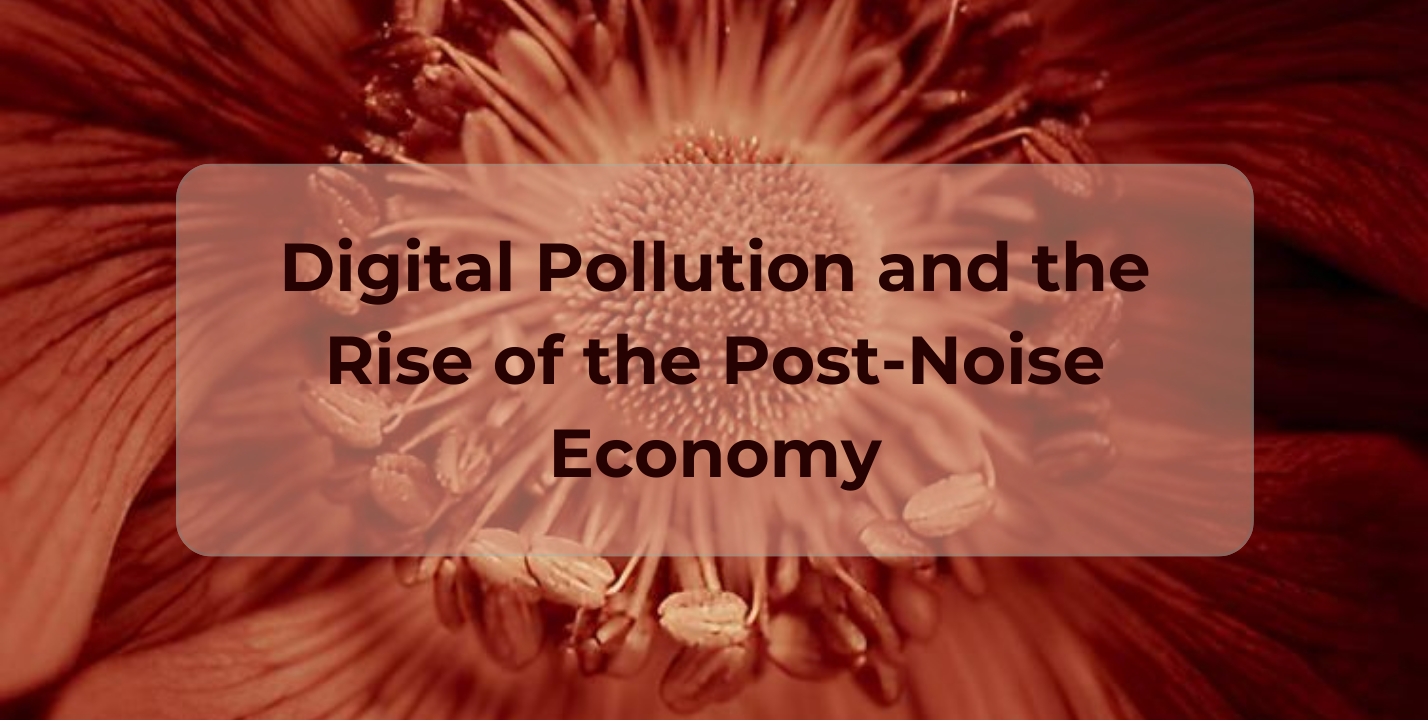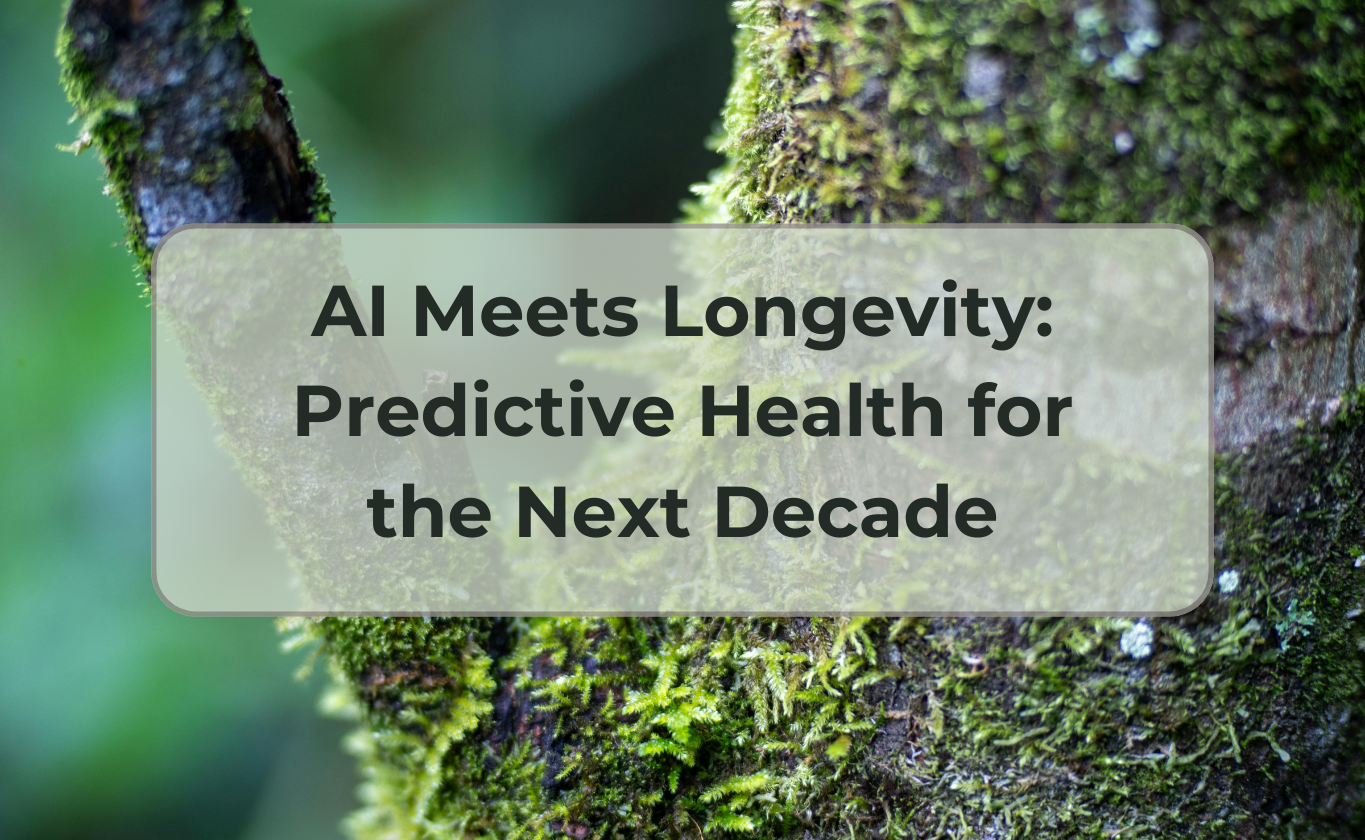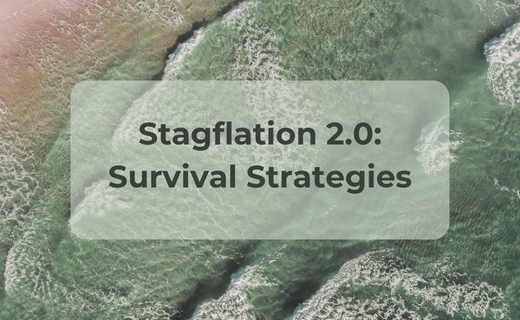Introduction
In the 21st century, technological progress and hyperconnectivity are shaping every aspect of our lives. Paradoxically, as noise increases, silence becomes more valuable. Information overload and digital noise—digital pollution—create an environment where calm and clarity are rare. As a result, the ability to disconnect, focus, and find peace is emerging as a new kind of wealth. This phenomenon marks the rise of the post-noise economy.
Silence is gaining economic and social relevance as more people experience the side effects of an always-on culture. The world is valuing environments that allow mental clarity and emotional balance. Hence, digital pollution has become a key issue that modern societies must address through individual strategies and collective innovation.
The Growing Value of Silence and Attention
Modern life is full of distractions. Cities are loud, with constant traffic and construction. However, digital distractions are even more persistent. Notifications from smartphones, emails, and apps create a constant mental buzz. This noise isn’t just annoying; it drains mental energy and fragments focus.
The Impact of Digital Pollution on Daily Life
Digital pollution breaks our concentration. It makes it harder to think deeply or complete tasks. For example, a simple notification can interrupt a complex thought. Over time, this leads to stress and cognitive fatigue.
As a result, people are seeking moments of quiet. They want digital-free spaces where they can focus or rest. The demand for silence—mainly digital silence—is rising in homes, offices, and public spaces.
Moreover, the overload of content causes decision fatigue. People feel overwhelmed by choices—which article to read, which video to watch, and which message to answer first. In many cases, they delay action or lose productivity entirely. This shows how digital pollution isn’t limited to sound but extends into our mental processes and emotions.
Attention as a New Economic Resource
In the digital age, attention is limited. Social media, advertisements, and apps compete for it. Since attention is scarce, it has economic value. Tech companies often design platforms to capture and hold attention by increasing digital noise.
This has led to a shift in personal priorities. Many now practice digital detoxing, setting screen-time limits or using tools to block distractions. In turn, products and services that reduce digital pollution are gaining popularity.
In economic terms, attention is a finite resource. Companies are investing in attention metrics to evaluate user engagement and advertising success. For example, the time spent watching a video or scrolling a feed becomes a unit of measure. This monetisation of attention encourages businesses to keep users engaged, even at the cost of their mental health. Therefore, protecting one’s attention is becoming an act of self-preservation.
Why the Post-Noise Economy Is Emerging
Several key changes in society drive the post-noise economy. These include mental health concerns, lower productivity, and changing consumer behaviour.
Mental Health and Overload
Constant digital input can harm mental health. For instance, endless scrolling and notifications contribute to anxiety, insomnia, and even depression. People feel overwhelmed by the pace of digital life. Consequently, many seek ways to restore balance.
Increased screen time is also linked to eye strain, headaches, and other physiological symptoms. For teenagers and young adults, the constant pressure to be available online leads to social anxiety and self-esteem issues. Since these problems are becoming more common, addressing digital pollution is a health priority.
Productivity and Focus
Digital interruptions reduce productivity. Multitasking and constant switching between tasks waste cognitive resources. However, businesses now understand the benefits of a focused work environment. They encourage fewer meetings, digital breaks, and calm office spaces.
For example, companies like Google and Microsoft are experimenting with “focus modes” and quiet hours. These settings allow workers to block out noise and work in uninterrupted sprints. Studies show that even short periods of deep focus can double or triple output.
Moreover, schools and universities are beginning to teach students how to manage digital distractions. They promote digital literacy, including managing notifications, scheduling screen-free time, and practising mindfulness.
Wellness and Digital Well-Being
There is a growing focus on wellness. People are investing in mindfulness, sleep health, and now digital well-being. As a result, tools that promote digital calm, like “do not disturb” modes and distraction-blocking apps, are in high demand.
The wellness industry is adapting. Wellness coaches and therapists now offer digital hygiene sessions. They help clients organise their digital lives, reduce exposure to digital pollution, and restore mental clarity. These services benefit remote workers who struggle to set boundaries between work and personal time.
New Markets and Opportunities
The rise of digital pollution is creating new economic opportunities. Entire industries are forming around silence, attention, and focus.
The Market for Digital Silence
Products that reduce noise are booming. For example, noise-cancelling headphones, mindful apps, and digital detox retreats are growing industries. Apps like Headspace or Forest help users focus and relax.
Even architecture and interior design are changing. More homes and offices include quiet zones, and libraries and co-working spaces often advertise their “distraction-free” environment.
Wellness tourism is another growing trend. Retreats in nature or tech-free resorts promise a complete disconnect from digital life. These experiences are designed not only for rest but also for recovery from the effects of digital pollution.
Managing Information Better
Information management is now essential. Many reduce noise by using email filters, curated content platforms, or AI tools. Since digital pollution can be overwhelming, these tools simplify online experiences.
New roles are emerging in the job market. Content curators, data managers, and attention consultants help people and businesses manage digital overload.
Some companies invest in internal “focus managers”—professionals who redesign workflows to reduce distractions. They recommend tools, training, and habits that help teams stay focused.
Marketing Without the Noise
Consumers are turning away from loud ads and spam. They prefer brands that respect their attention. For example, content marketing and storytelling are more effective than aggressive pop-ups.
Companies that embrace minimalism and value-driven communication are thriving. They understand that less digital noise leads to more meaningful engagement.
More brands now audit their digital touchpoints to ensure they are not overwhelming users. Clean design, readable typography, and mindful messaging are becoming standard practices in ethical marketing.
Government and Workplace Responses
Digital pollution is becoming a public concern. Governments and companies are starting to act.
Policy and Regulation
Some governments are considering rules for app notifications. They aim to reduce digital overload. For instance, France has laws limiting after-hours work emails. These policies support mental health and work-life balance.
Additionally, educational policies are being updated. Schools introduce lessons about managing screen time and digital responsibility. Governments also promote public campaigns to raise awareness about digital pollution.
Creating Healthier Work Environments
Employers are promoting “digital well-being.” They limit unnecessary emails and encourage breaks from screens, which results in workers being less stressed and more productive.
Human resource departments now include digital well-being in employee wellness programs. Some offer meditation apps for free, and others create tech-free zones in office spaces.
Flexible work policies also help. Employees can choose when to engage digitally, improving their focus and emotional health.
The Future of Silence and Digital Pollution
As digital environments expand, so will the need for silence. Trends suggest that the value of peace and focus will only grow.
Emerging Technologies for Calm
New tools aim to reduce digital pollution. For example, smarter filters, adaptive notifications, and mindful apps are becoming common. These tools will evolve alongside tech itself.
In the future, AI may detect user stress and automatically adjust screen brightness, notification volume, or suggest breaks. Smart homes could feature rooms that disable digital signals entirely. These innovations will give users more control over their digital exposure.
Design and Urban Planning
Quiet design is now part of architecture and city planning. Offices and homes are built with acoustic comfort in mind. Likewise, digital interfaces are being redesigned to be less intrusive.
Some cities even create “quiet districts”—zones with low signal interference and noise control laws. These places attract people seeking mental clarity and offer business opportunities for wellness-centred services.
A Cultural Shift
People are becoming more aware of how digital environments affect their health, and digital hygiene is now a priority. As a result, consumers are demanding cleaner, calmer tech experiences.
Media consumption habits are changing, too. Podcasts, audiobooks, and slow TV formats are gaining popularity. These formats offer calm, focused content, countering the chaos of typical digital media.
Young people, in particular, are leading the shift. They value emotional intelligence, mental clarity, and authentic connections over fast content and clickbait.
Our expert guidance in business forecasting will help you mitigate threats and transform external challenges into strategic opportunities. [Contact Us]
Conclusion
Digital pollution is real, and its effects are growing. It disrupts focus, damages health, and erodes attention. In response, people seek silence, not just in sound but also in digital life.
The post-noise economy reflects this change. New products, services, and habits are forming around the desire for calm. In this new world, silence is more than a luxury. It is a necessity and a form of currency.
As this movement grows, we can expect more innovation, education, and policy focused on reducing digital noise. Building a healthier digital culture will benefit individuals, businesses, and society. The question is not whether we need less digital pollution—it’s how fast we’re willing to make it happen.





